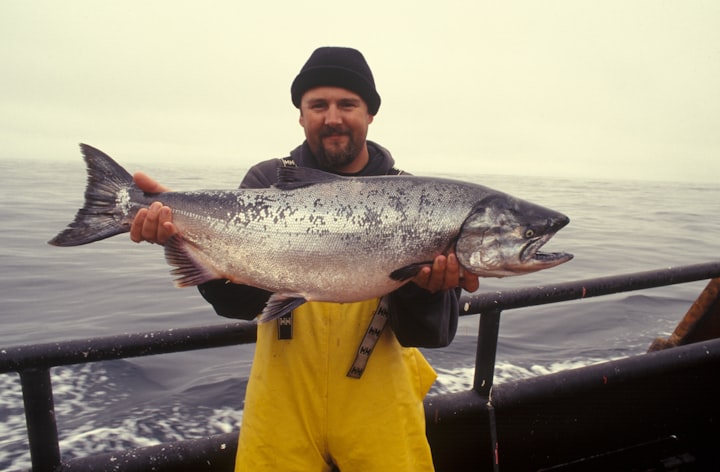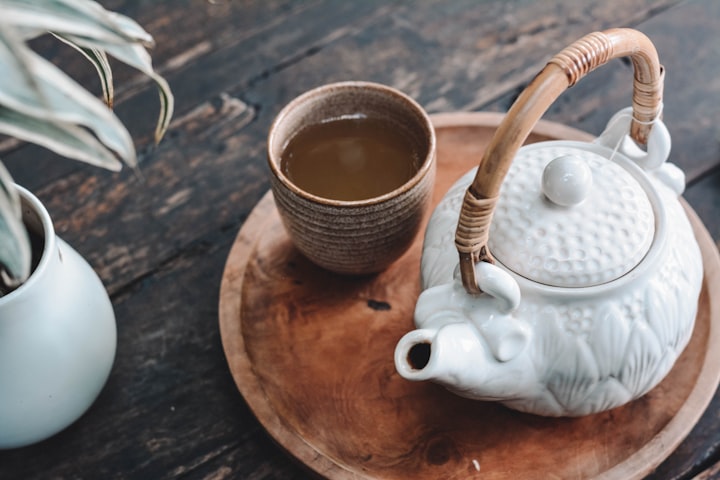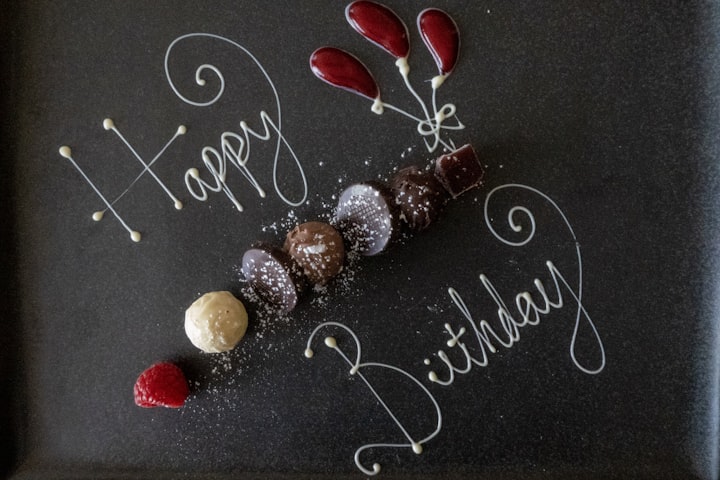What a Fish Means
Scrumptiousness, Salmon, and Sustainability
I love seafood ever since I was a little kid ordering shrimp cocktail off the kid’s menu on our annual family beach vacation. But the one fish that’s been the most impactful on me, in addition to being one of my favorite meals, has been salmon. I didn’t really understand salmon until I moved from the East Coast to Seattle, in the middle of the Pacific Northwest. Before moving here, salmon was just another (delicious) entrée. But the Pacific Northwest-from California all the way up to Alaska-is where fresh salmon comes from. And it’s also one of the most important fish in the region-scientifically, economically, politically, and culturally.
Some background: salmon are what’s called an anadromous fish. They are born in the freshwater rivers, then migrate out to the ocean once they’ve matured, then return to the rivers to spawn and die. It’s an incredible life cycle. The journey back up the rivers for adult salmon is brutal. Some populations only have to travel a few miles inland to reach their destination, while others migrate all the way to Idaho. I remember the first time after moving here that I witnessed a salmon migration. I was amazed, watching them flail and struggle through the creek, moving slowly but purposefully upstream.
But as the population in the Pacific Northwest has grown, the survival of the salmon has been threatened. Hydroelectric dams built throughout the region block salmon from completing their migrations. Agriculture and urban development near rivers have altered the spawning habitat, making it harder for juvenile salmon to survive. Pollutants dumped into the river have changed the water quality. And as demand for salmon has grown worldwide, harvest rates continue to impact population numbers. Combined, these factors have decimated native salmon populations.
I didn’t realize any of this before I moved here. But the more I learn, the more desperate I realize the situation is. Salmon fishing, both commercial and recreational, is a vital industry in the region. Salmon are the backbone of the ecosystems here, transferring nutrients between the ocean and the rivers, and providing a source of prey to all sorts of majestic animals: eagles, bears, sea lions, orcas, herons. And they’re an important cultural icon to the many tribes of the Pacific Northwest, whose traditional lifestyles revolve around catching salmon.
The following recipe is one of my favorites, in part because it is delicious. But also in part because I didn’t cook it until I’d moved to Seattle, until I really started understanding what it meant to eat salmon. You see, the two most popular types of salmon in stores are farmed Atlantic salmon and King salmon. Because of restrictions on how many salmon can be caught in the wild, many stores keep up with demand by serving salmon raised in pens. These salmon are much cheaper to produce, but they have downsides. The salmon raised in close quarters are a breeding ground for disease, and when salmon escape their pens, they can steal resources from the wild salmon. King salmon, on the other hand, are often wild-caught, but they’re often also caught from Endangered or Threatened species. Because King salmon are widely considered the most high quality, delicious fish, they continue to be harvested.
So now, whenever I make this salmon dish, I make an effort to choose sustainable, wild-caught salmon. I recommend using sockeye, a delicious fish with a bright, red coloring, as opposed to the orange people usually imagine. I’ve even made it with chum, a salmon species sometimes referred to as “dog” because the meat is used for dogfood! But it’s also mostly a sustainable species, and it tastes good to me.
Of course, it’s a complex issue. And there are potential solutions for recovering the salmon. The Elwha River dams in western Washington were removed nearly a decade ago, and salmon runs on the Elwha have already started to recover. But the most important thing, for me, is gaining a deeper appreciation of my food, where it comes from, and the impact it has. Whenever I make this salmon dish, I try to take a moment and be mindful of the role salmon plays in the ecosystem, an ecosystem of which I too am a part.
Ingredients:
3.5 tsp sesame oil
2.25 tsp minced garlic
1.25 tsp minced ginger
1 tbsp ketchup
1.5 tbsp soy sauce
.5 tsp sriracha
1.25 tsp brown sugar
1 lime
6 salmon filets
1.25 cups rice
4.5 cups shredded cabbage
1 cup shredded carrot
Steps:
1. Combine 1.25 tsp of sesame oil, garlic, ginger, ketchup, soy sauce, sriracha, brown sugar, and half the lime juice in a blender until smooth.
2. Brush the salmon on the both sides with the marinade from the blender. Place salmon filets on a baking sheet, and cook in the oven for ten minutes at 425.
3. Prepare rice according the package instructions.
4. Combine the cabbage, carrots, and the remaining sesame oil and lime juice in a bowl.
5. Combine and serve.
And there you have it. Asian BBQ salmon with rice and cabbage slaw. Enjoy sustainably!







Comments
There are no comments for this story
Be the first to respond and start the conversation.